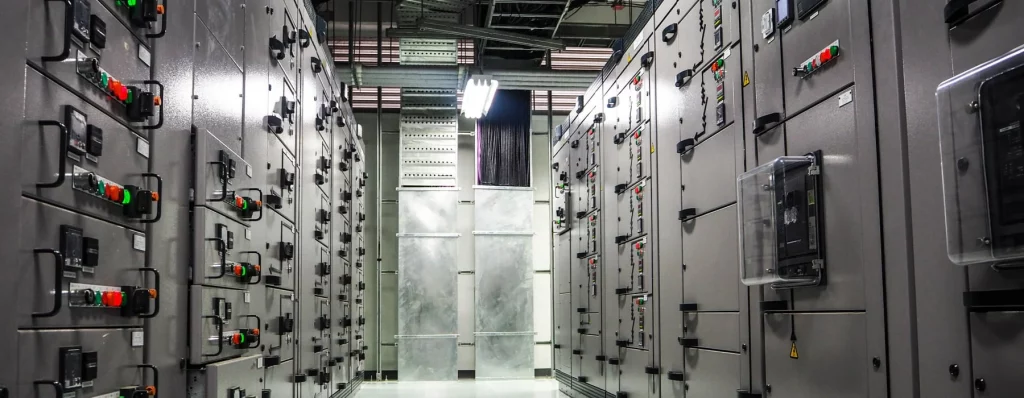Note: This is the first part of a series of articles in the estimation of pant electrical loads.
In the design of a plant power system, one of the early task of the Electrical Engineer is to estimate the normal operating plant load and the additional margin to include in the final design. There are no definite rules for estimating electrical loads. Various questions need to be answered at the beginning of a project, some of which are:
- Is the plant green field (new)?
- Is the plant brown field (existing) and being expanded?
- What is the expected service life of the plant e.g. 10, 20, 30 years?
- What is the source of power, external utility or self generated or both?
- What is the utility policy on power factor, harmonics, peak loads, etc. to be considered?
- What is the sparing philosophy of the Client?
- What are the operability and maintainability considerations to be included?
- What is the implication of a power outage in plant operation and effects on production?
- Are there any issues with high fault levels?
The answers to these questions will have a great impact on the overall design of the plant power system. Once these answers have been laid down, steps to follow will be
- Prepare preliminary single diagrams. This will be a rough key single line diagram to show the sources of power (i.e. utility or generator), transformers, main switchboard, major electrical loads, voltage levels, and interconnections to downstream single diagrams.
- Prepare load schedules. Each switchboard will supply power to each load connected to it and in many cases it will also supply power to switchboards, motor control centers or distribution boards immediately downstream.
Each connected load can be classified into several different categories
- Vital.
- The loss of power jeopardize safety of personnel or cause serious damage within the plant;
- Normally fed from a switchboard that has one or more incoming feeders from an upstream switchboard;
- Has one or more dedicated generators. The generators provide power during the emergency when the main source of power fails;
- The generators are designed to automatically start up and be connected onto the switchboard whenever there is a loss of voltage;
- The loads are relatively small compared with the normal load and/or the essential loads and is fed from uninterruptible power supplies (UPS).
- Essential.
- The loss of power cause a degradation or loss of production;
- Non-essential.
- The loss have no effect on safety or production
Some companies often use their own terminology and terms such as 'emergency' and 'normal' loads.
All of the vital, essential and non-essential loads can be divided into typically three duty categories:
- Continuous duty.
- Intermittent duty.
- Standby duty.
Check this for Part 2
